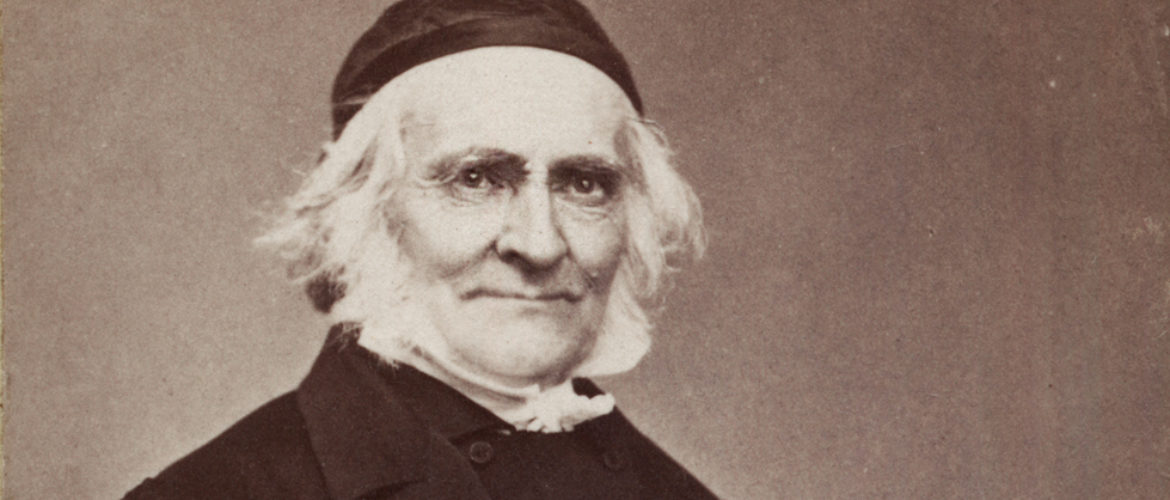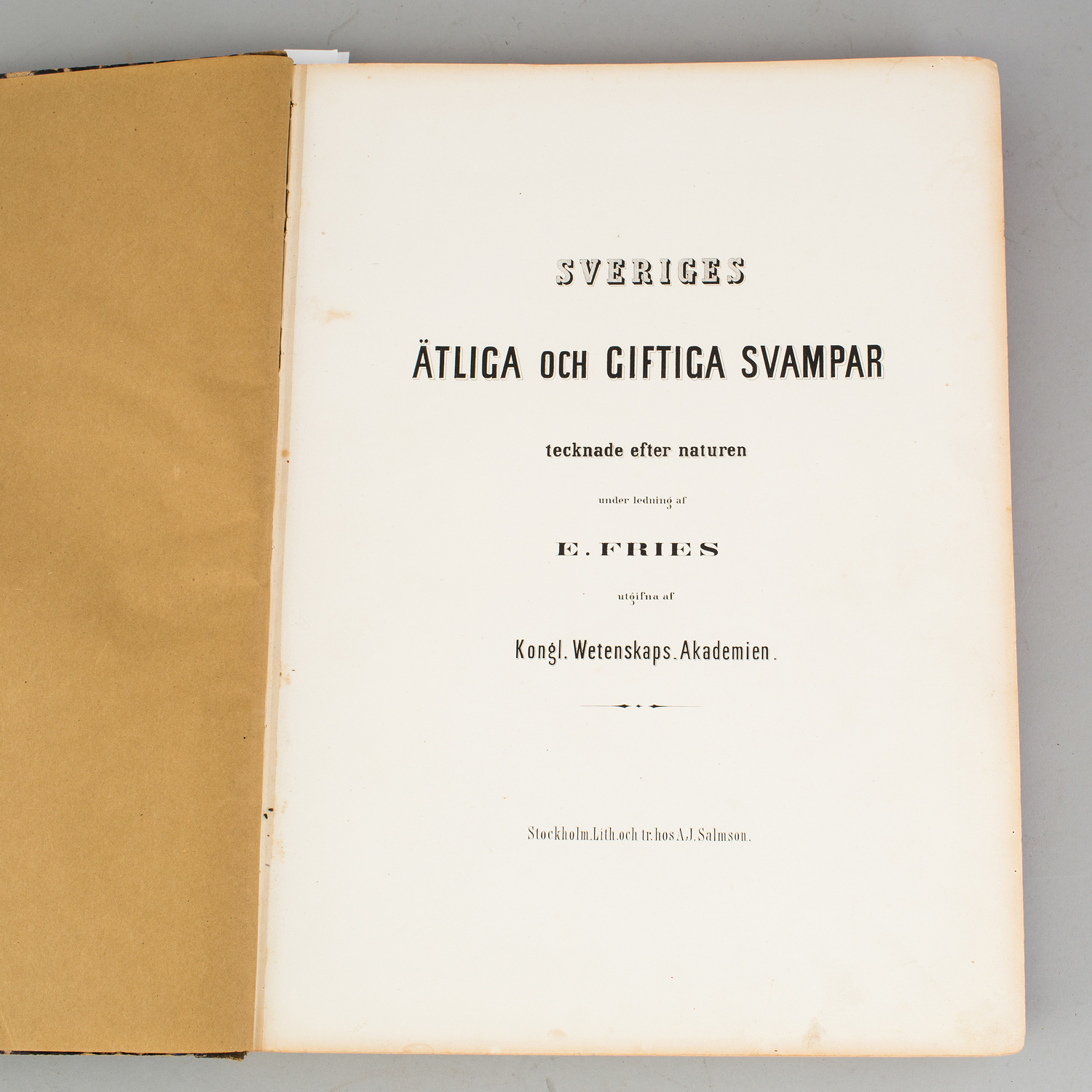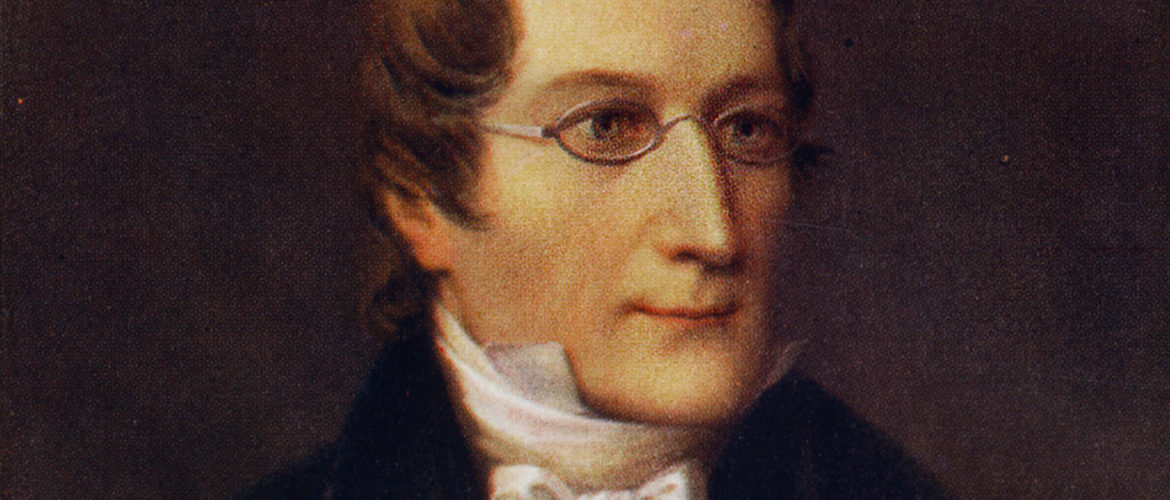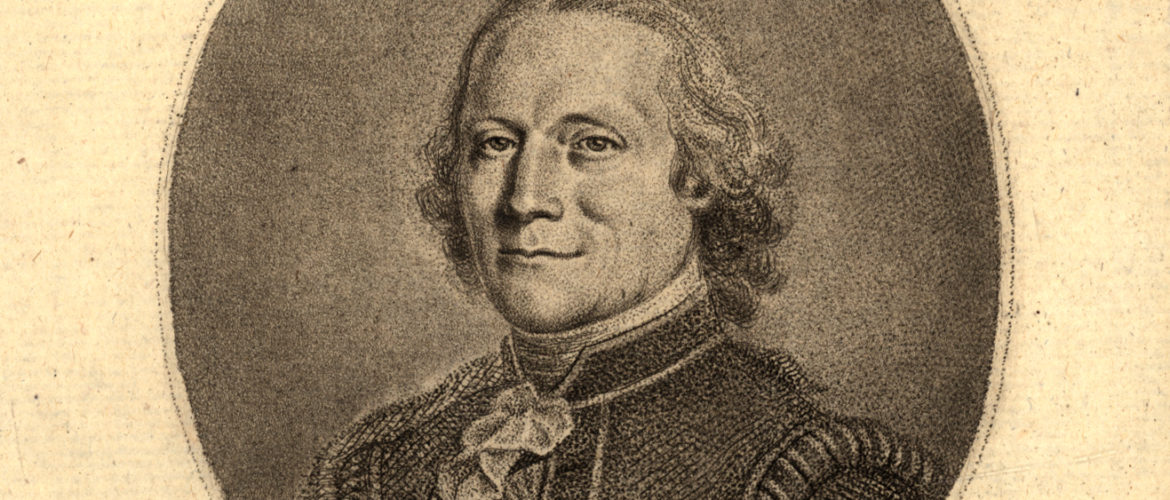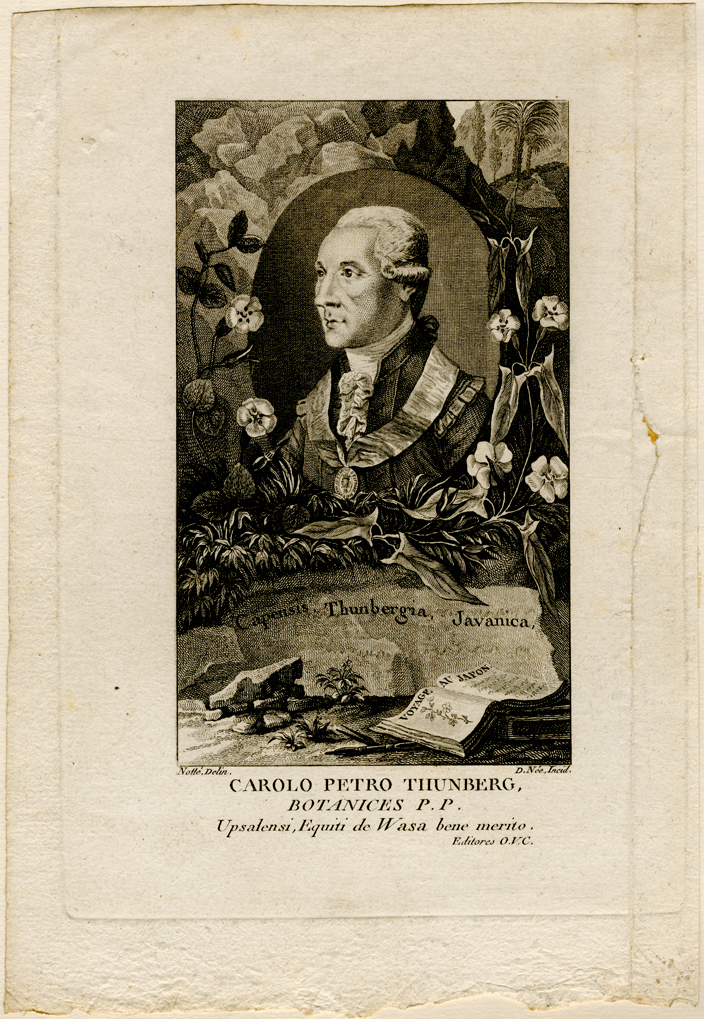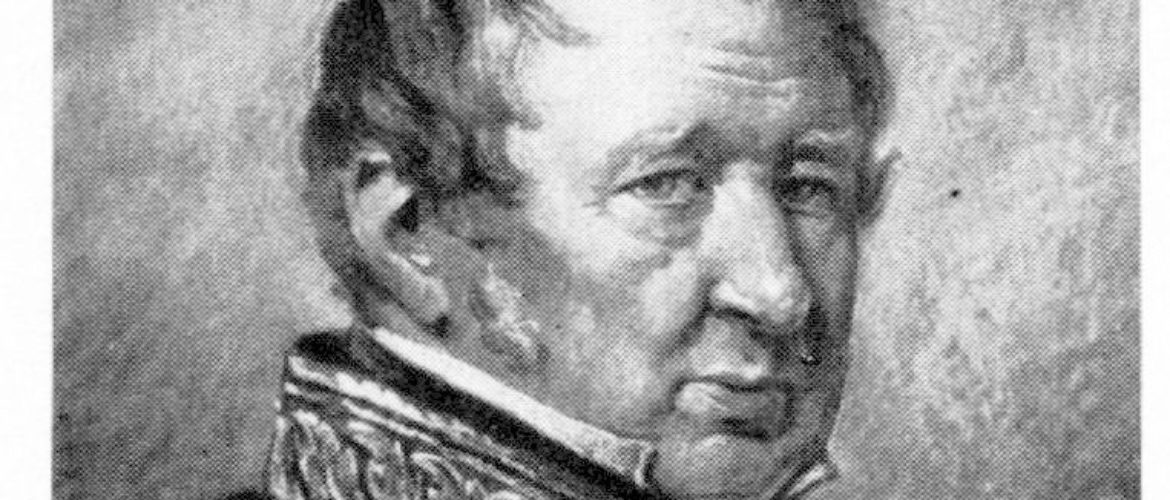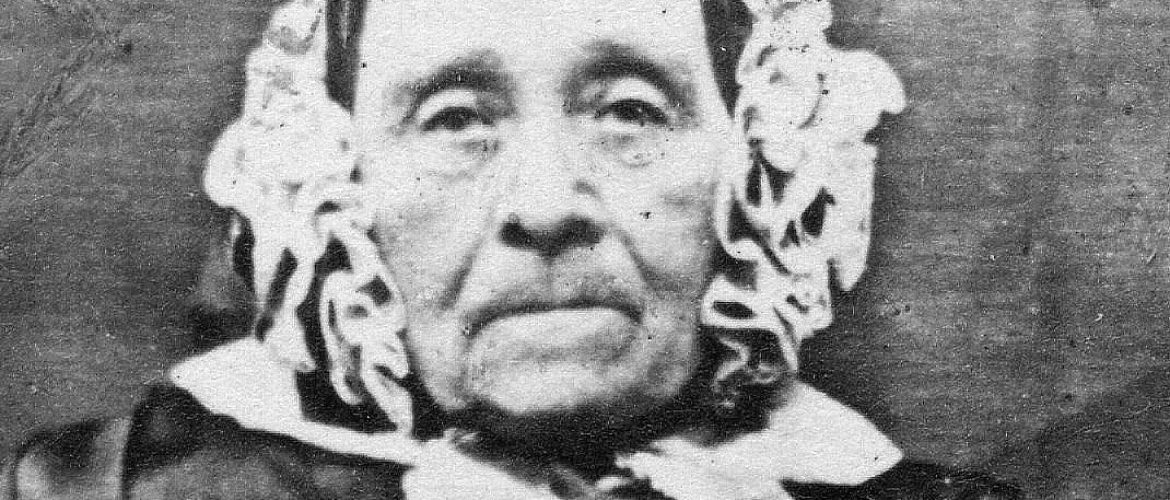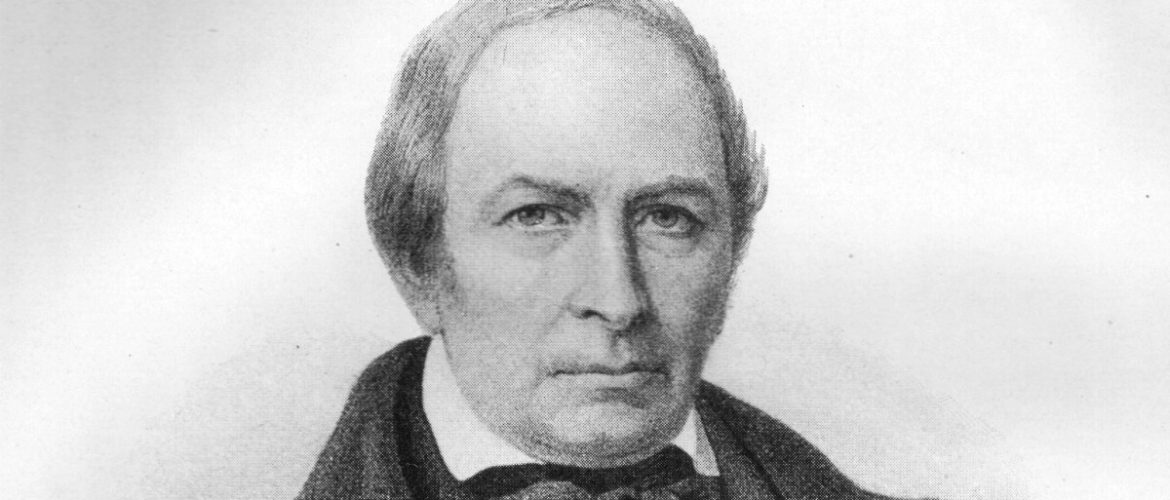1794–1878.
Botanist, mycologist.
Elias Fries came from Femsjö in Småland and was the son of the Parson Thore Fries and Sara Elisabeth Wernelin. He became one of leading figures of mycology, who produced writings that still play a scientific role.
Originally, Fries studied at Lund University and he became associate professor of botany at the age of 20.
He later moved to Uppsala University and was in 1851 Professor of practical economics and botany. He was also the prefect of the Botanical Garden and the museum there.
Fries was especially focused on the study of fungi, but his research touched on all the fields of botany. His most influential work was Systema Mycologicum, which was Fries's systematic work regarding fungi. Other mycological works were Elenchusfungorum and Hymenomycetes Europaei.
Fries propagated to use fungi as food, by the work of plates Sweden's edible and poisonous mushrooms. The interest in mycology was transferred to several of the children. For example, the son and daughter, Elias Petrus and Susanna (Sanna) Christina, draw several plates with mushrooms which several are preserved in Uppsala.
Fries also published the popular scientific papers Botanical Flyers (1-3, 1843 – 1864).
In addition to rector of the university, Elias Fries was a member of the Swedish Academy.
Title sheet from Elias Fries "Sweden's edible and poisonous mushrooms", Norstedt & Sons, Stockholm, 1860. Photo: Bukowskis Auktioner AB.
Burial site: 0103-0185
Image description: Elias Fries, Uppsala 1860's. Photo: UUB. [The image is cropped]
Click here for an uncropped image

